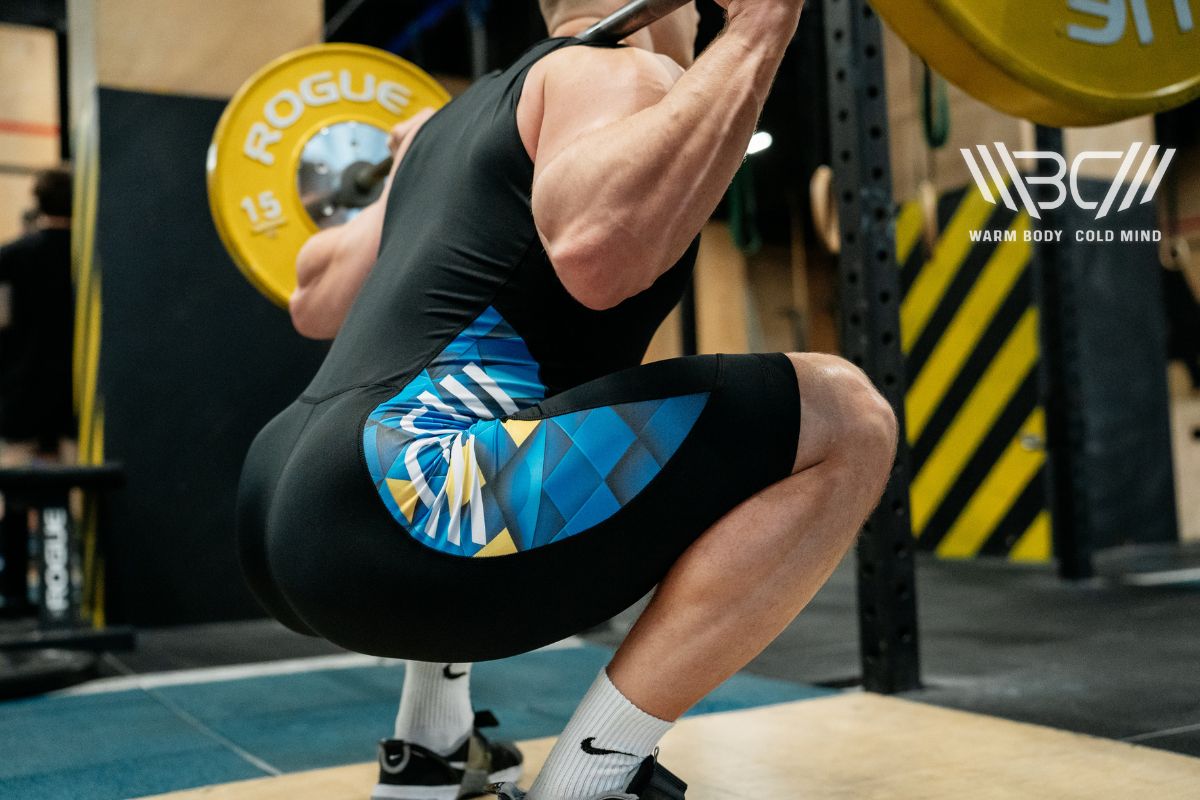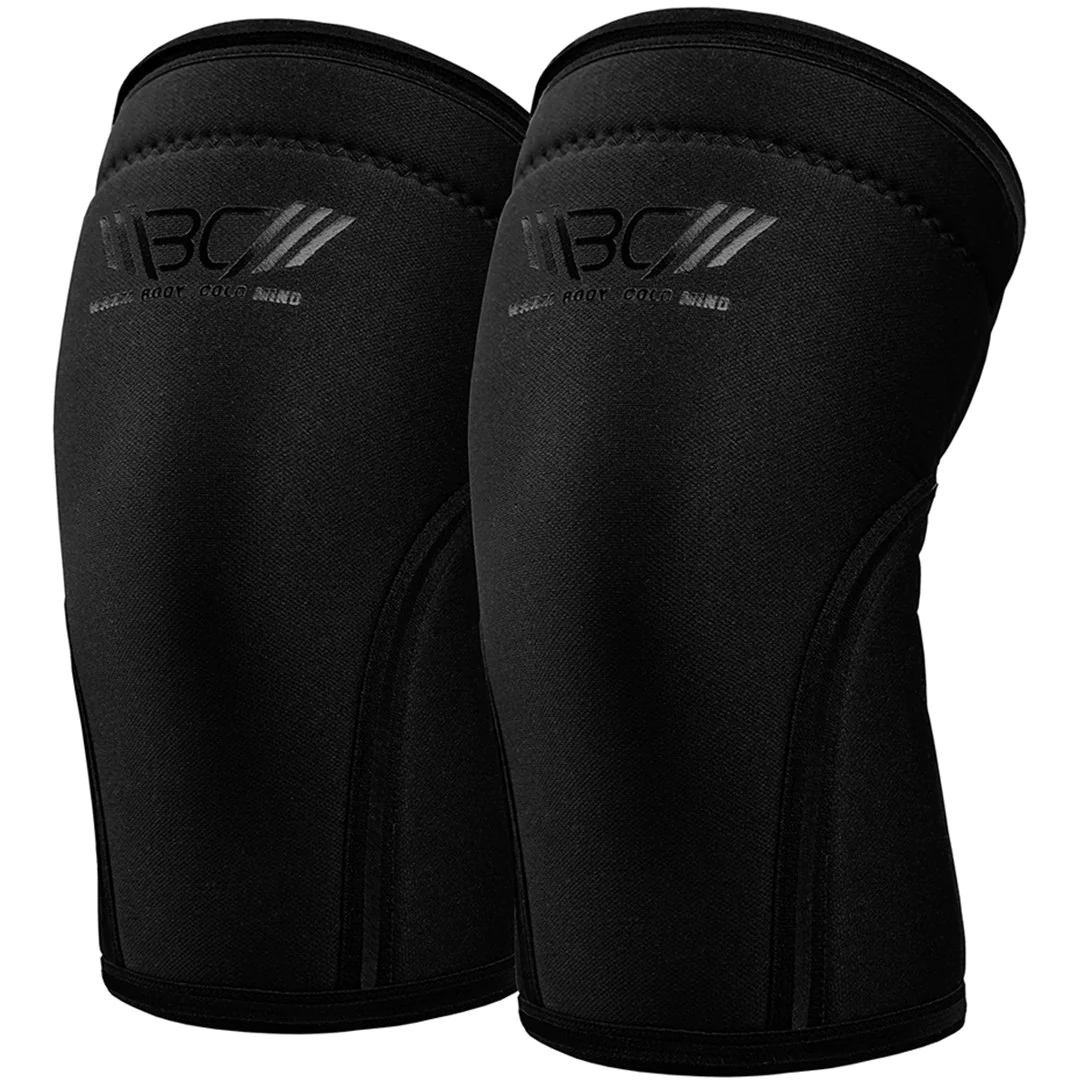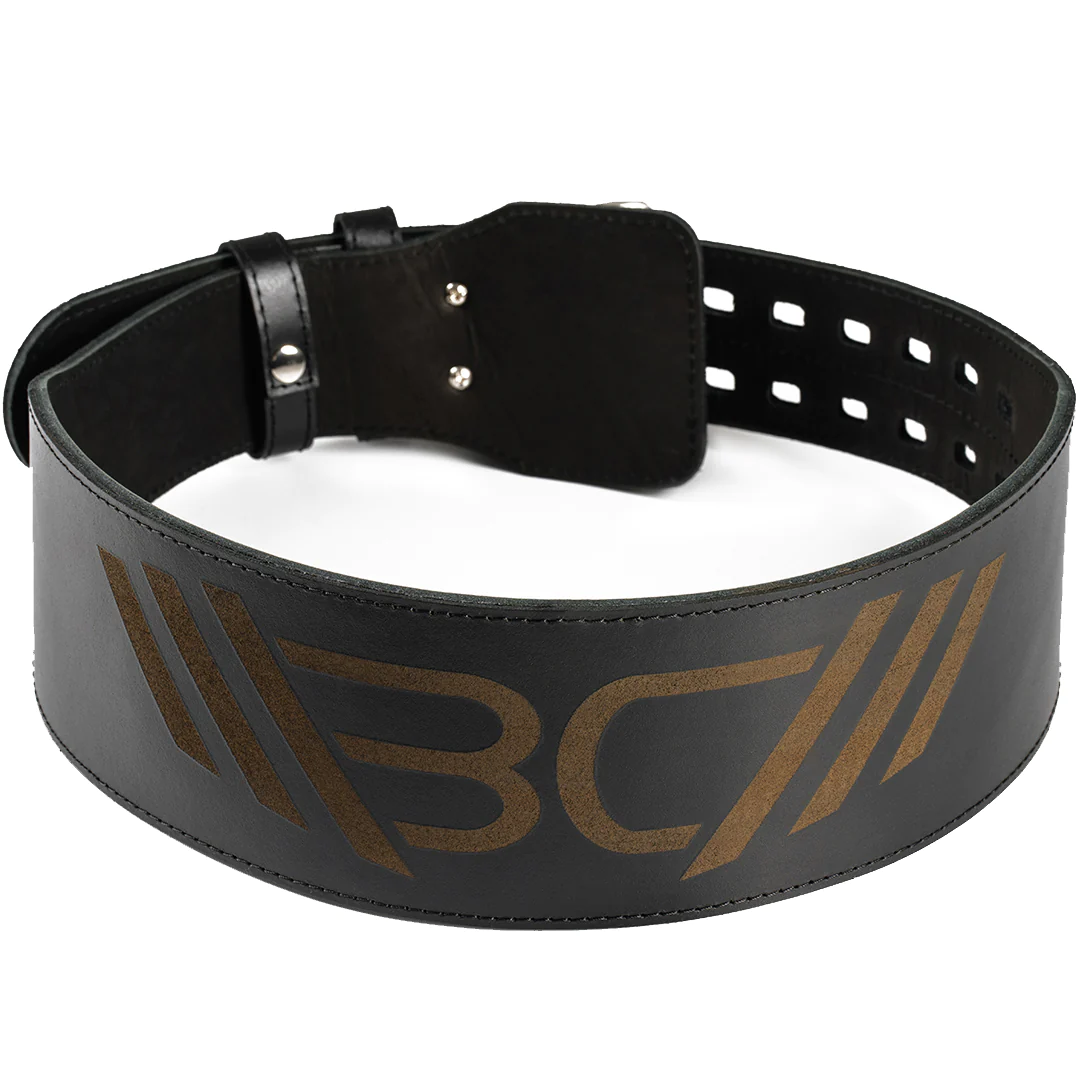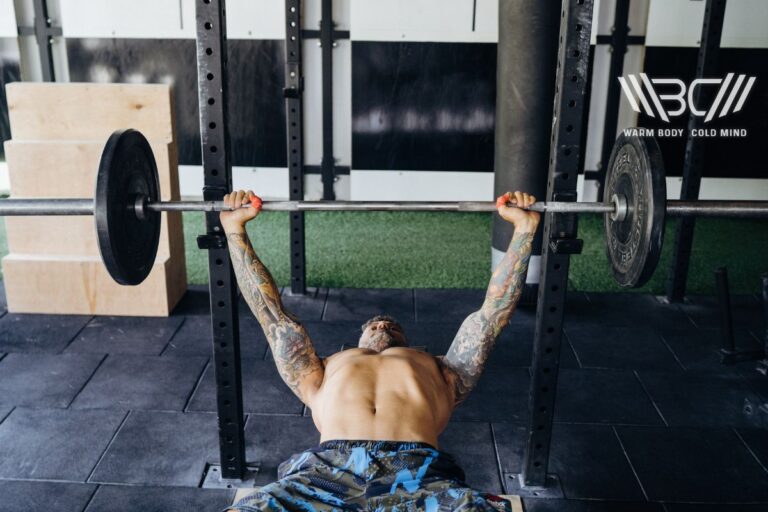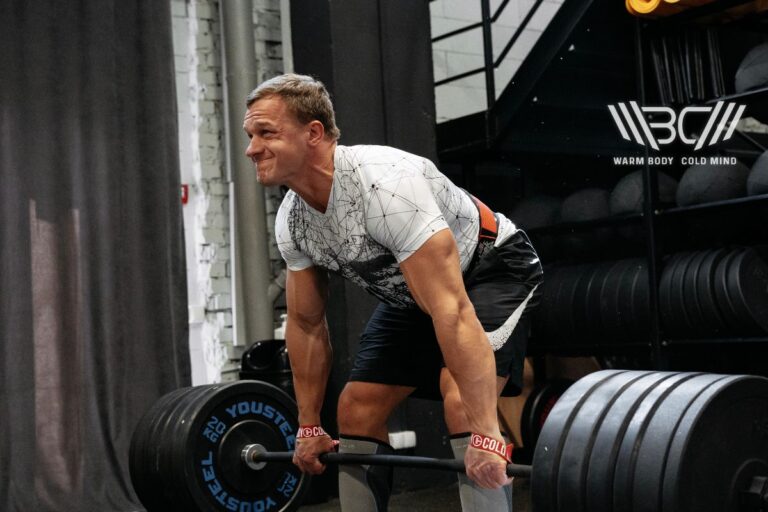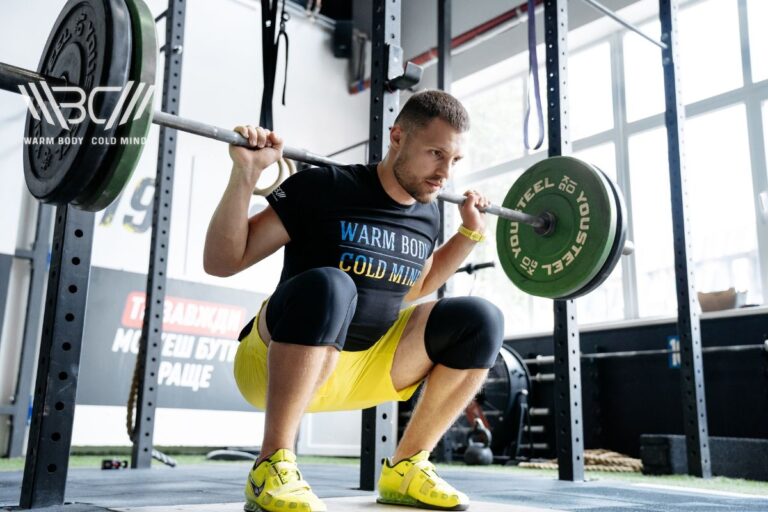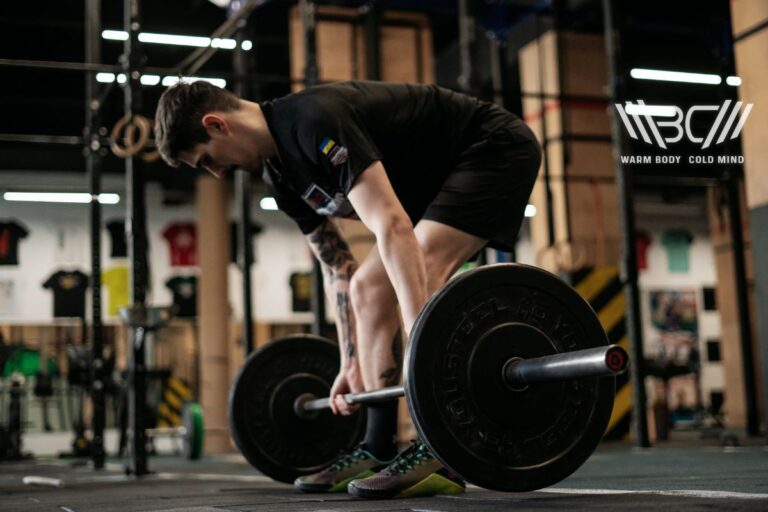Why Is My Squat So Weak? 5 Causes and Solutions
Reviewed by Jacek Szymanowski
Squats are a popular exercise with a multitude of variations, yet many gym-goers find themselves wondering ‘why is my squat so weak?’. A weak squat can be frustrating, especially if you’ve been training for an extensive time and have stopped seeing progression with your squatting.
So, let’s talk about the potential factors affecting your squats.
A weak squat can be caused by muscular imbalances, mobility challenges, poor nutrition and recovery, overtraining, and incorrect form. If you’re asking ‘why is my squat so weak’, it’s likely a cause of one of these problems, but each one has a solution that can help improve your weak squatting.
Facing issues with squats can be frustrating, especially when your squat is weaker than your bench or you’re having a hard time because your squat is not going up.
To get to the bottom of the problem and work out why you’re experiencing squatting problems, you need to take a closer look at your form, training program, and muscle capability to determine the key issues and appropriate solutions.
Why Do You Have Problems With Squats?
Squats are a compound exercise, recruiting various muscles in the body to complete the movement. To achieve good form when squatting, you need to be able to engage these muscles and have enough mobility and flexibility to reach the bottom squat position.
Key Muscles Used In Squats
- Gluteus Maximus
- Rectus Femoris
- Vastus Lateralis
- Vastus Medialis Oblique
- Vastus Intermedius
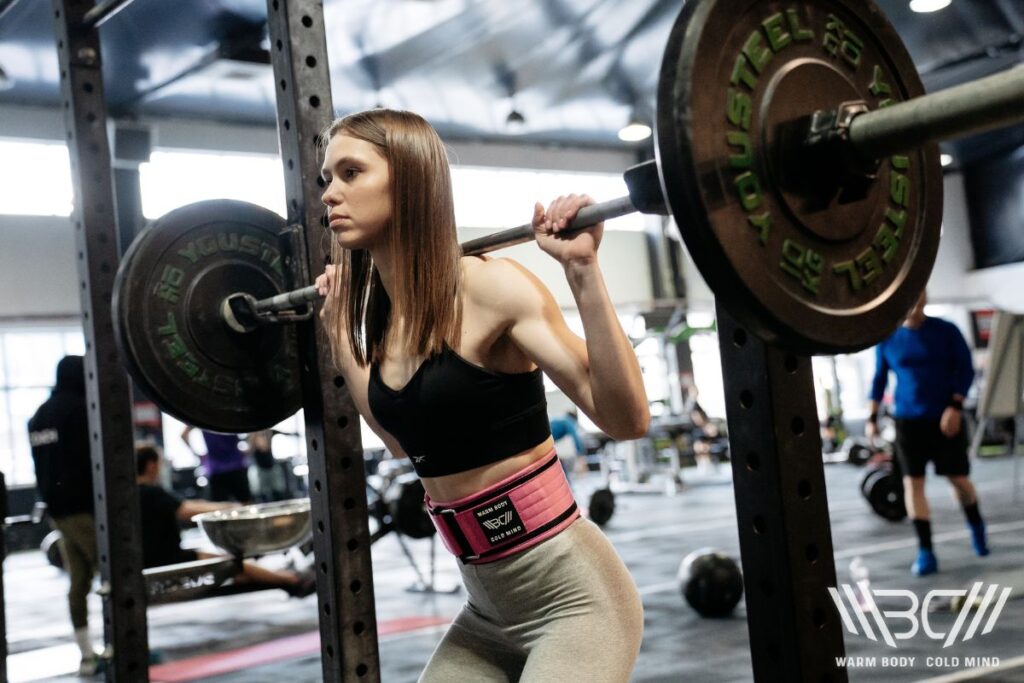
Other muscles are used when squatting to help stabilize the body, but studies have indicated that most of the activation occurs in the knee and hip extensors. Weak quadriceps may be the culprit for a poor squat, causing issues with weight progression.
Or you could be faced with issues in the glutes, hamstrings, hips, or knees, which could also be affecting your squats, causing you to hit a wall and plateau.
Along with requiring substantial muscle activation, you need to be able to remain stable while squatting and maintain correct form with no rounding of the back, knocking of the knees, or a butt wink.
If you are experiencing one or more of these issues, you need to take a closer look at your squat, removing any weight and nailing your form before you continue with your normal squat weight.
If you’re looking for support, stability, and comfort while squatting, our WBCM knee sleeves can be a beneficial addition to your kit bag. Lightweight with anti-slip construction, these knee sleeves support the anatomical features of the knee so you can be comfortable and confident when squatting.

7mm Weightlifting Knee Sleeves
Discover the ultimate support with Warm Body Cold Mind knee sleeves providing stability and comfort.
What Happens If You Squat Incorrectly All The Time?
Regularly squatting with incorrect form can lead to issues such as back pain, increased stress on the static knee structures, and poor thoracic positioning where the shoulders are forward and the chest is closed. Building bad habits and not assessing your squat technique are gateways for potential injury and an overall weak squat.
Injuries can occur across all areas of the gym, and squats are no exception. Common injuries can include anything from ruptures, tears, and strains, to lower back pain and tendinopathy.
Performing squats with consistently poor form increases the risk of injury, and isn’t a good indicator of your strength with the exercise if you aren’t in the optimal position.

Pro Tip:
Key pointers to remember when squatting are to keep your head position forward and neutral without straining your neck, keep your feet straight or turn the toes slightly outward to prevent the knees from caving inwards, and engage your core, bracing your trunk as you squat. You should also get familiar with the term hip hinge.
5 Main Reasons For Weak Squats and How To Solve Them
If you’ve been wondering why does your squat feel weak, it’s likely a cause of one of the issues we’ll get into in this section of the article. Being faced with a weak front squat or weak back squat is frustrating, but by taking a closer look at the potential causes of the issue, you can improve your results.
Subscribe!
Get useful tips, expert insights, and in-depth analysis of training programs & nutrition plans to get the most out of your performance.
1. Muscular Imbalances
Imbalances in the body can make it harder to achieve proper squat form and progression with the movement. Commonly seen muscular imbalances include weak hamstrings and glutes with dominant quadriceps which tend to lead and take over the squat.
A few indicators of weak glutes and hamstrings can be so called stripper squat, cramping, tight glutes, and inability to feel glutes and hamstrings working when squatting.
Solution
Muscle imbalances can be improved by performing exercises to help build the weaker areas of the body. Romanian deadlifts (RDLs) can be beneficial for engaging and building the glutes and hamstrings, while hip thrusts and glute activation exercises can help strengthen the glutes.
2. Mobility Challenges
Squatting correctly involves achieving proper depth at the bottom of the squat. To achieve this depth, it’s essential to have good mobility, particularly with the hips and ankles. Tight hip flexors, hamstrings or stiff hips may not allow you to comfortably reach proper depth, while too much flexibility in the hips can lead to a lack of control.
A study from a few years ago looked at the effect of tight hips on squat technique and found there wasn’t a correlation in performance. According to this study, tight hips (hip flexors) don’t have a negative impact on squat technique, however, squatting with tight hips can still feel uncomfortable and painful.
Keep in mind that too tight hamstrings will have an impact and another thing is form – if mobility is affecting your squat form – you have the answer.
Solution
To solve the mobility issues, remember to work on a few areas. Hip and ankle mobility are crucial. Not only soft tissue and joint mobilizations (hip flexion, extension and rotation) are important as well.
Let them be the part of your warm up and downregulation after workout. Good tip is to perform mobility in the position of restriction.
3. Poor Nutrition and Recovery
Nutrition and muscle recovery go hand in hand, helping maintain energy levels, allowing muscles to repair and build, and fuelling the body for your next training session.
Eating too few calories, or not getting enough macro and micronutrients can affect your energy levels and recovery post-workout which could be the answer to ‘why is your squat getting weaker’.
Alongside eating well and staying hydrated, it’s also essential to get enough rest and sleep post-workout, as your body needs to recover from your training.
Solution
Active recovery such as walking or cycling paired with mobility sessions can help your body recover post-squat. When proper rest and sleep are matched with a healthy, balanced diet including a range of fats, protein, and carbs, your body should be in good shape to tackle another leg day and improve your weak back squat.
4. Overtraining
Overtraining can also affect your squat performance, causing fatigue and increased injury risk when performing the same exercises repeatedly with a poor balance between activity, rest, and recovery.
This can be a reason why your squat is weaker than your bench or why you’ve been facing a weak front squat for some time. If you’re feeling more fatigued than usual, struggling to find the motivation to train, or feeling an increase in muscle pain, you may be overtraining.
Solution
Follow a balanced training program that includes a range of exercises and training methods to help work different muscles and keep you feeling fresh to continue your training sessions.
Squats work a large volume of muscles, with various parts of the body acting as agonists, synergists, and stabilizers to achieve correct squat form and good performance.
This means the exercise can feel tiring, especially if you’re squatting high volumes regularly. If you’re struggling with intense fatigue and can identify signs of overtraining, give yourself adequate time to rest and recover, and consider following a more balanced program.
5. Incorrect Form and Training
There’s a high chance the answer to ‘why does your squat feel weak’ is due to lifting with incorrect form. There’s a lot to consider when squatting, from stance width, foot positioning, and core engagement, to bar path, hip flexion, chest, and head positioning.
If you’re wondering why your squat is weak, it’s worth stripping the bar down and taking a closer look at your form.
Incorrect depth, bar path, or poor grip can all affect the success of your squat, making it harder to reach big numbers. Next thing is your programming. While hypertrophy gives you more room for error, proper strength training requires smart programming and periodization.
Solution
The solution for squatting with incorrect form is to take things back to basics. Refresh yourself with key squatting cues, so you can transfer them into your set, allowing your body to move correctly in the exercise.
Practice correct squatting techniques with no weight until you become confident with the movement. Then increase the weight slowly, ensuring your form doesn’t slip when things get heavy.
Our WBCM Leather Weightlifting Belt has the potential to help improve your squat form by providing additional back stability. It’s strong but flexible to provide ultimate comfort and support to guide you through the exercise, so you can improve your weak squat.

Enhance your strength training with Warm Body Cold Mind leather weightlifting belt providing exceptional support and durability.
As to the programming You can start with Prilepin’s Chart and look for foundations and principles of strength training like f.e. Conjugate method, cause they can be different from muscle building training.
FAQ
Why Is My Squat So Weak Compared To Leg Press?
Leg press is easier – the angle, the back support and more… 🙂 The squat and leg press, although have some crossovers between the muscles used, are two different exercises, so it’s normal to not hit identical numbers with both.
The leg press mainly targets the lower limbs. Squatting recruits muscles in various parts of the body from the legs to the core and back, so it’s essential to train all of these correctly to see good squatting numbers.
Why Are My Legs Strong But Squat Weak?
Strong legs but weak squats can be caused mainly by improper training and not squatting properly or not squatting at all. Another factors may be muscle imbalances, where the glutes and hamstrings may not be as strong or built as the quadriceps.
Training weaker muscles will help build a more balanced physique and potentially lead to a stronger squat. A lack of mobility and ROM when squatting can also cause weak squats, but mobility stretches and exercises can help improve this.
Conclusion
Lifters wondering ‘why is my squat so weak’ aren’t alone, and factors such as muscular imbalances, mobility challenges, poor nutrition and recovery, and performing squats with incorrect form all play a role in weak squats.
Hopefully, our detailed solutions have helped shed some light on what to do if you’re battling a weak front squat or a squat not going back up, so you can improve your situation and hit your targets.
Have you ever struggled with weak squats? If so, what did you do to improve? Let us know!
Refernces:
- Javier Gene-Morales, Jorge Flandez, Alvaro Juesas, Pedro Gargallo, Iván Miñana, Juan C. Colado, “A systematic review on the muscular activation on the lower limbs with five different variations of the squat exercise”, Journal of Human Sport and Exercise, https://rua.ua.es/dspace/bitstream/10045/110844/1/JHSE_2020_15_Proc4_28.pdf (Accessed April 11 2024).
- Gregory D. Myer, Adam M. Kushner, Jensen L. Brent, Brad J. Schoenfeld, Jason Hugentobler, Rhodri S. Lloyd, Al Vermeil, Donald A. Chu, Jason Harbin, and Stuart M. McGill, “The back squat: A proposed assessment of functional deficits and technical factors that limit performance”, National Center For Biotechnology Information, https://www.ncbi.nlm.nih.gov/pmc/articles/PMC4262933/ (Accessed April 11 2024).
- Bryan Christensen, Katie Lyman, Derrick Griesharber, Harlene Hatterman-Valenti, “The Effects of Tight Hips on Squat Technique”, International Society of Biomechanics in Sports Conference, https://commons.nmu.edu/cgi/viewcontent.cgi?article=1786&context=isbs (Accessed April 11 2024).
- Juan Mielgo-Ayuso and Diego Fernández-Lázaro, “Nutrition and Muscle Recovery”, National Center For Biotechnology Information, https://www.ncbi.nlm.nih.gov/pmc/articles/PMC7909540/ (Accessed April 11 2024).
- Brian Sutton, MA, MS, CSCS, NASM-CPT, CES, PES, “The Muscles Used in Squats – Squat Biomechanics Explained”, NASM, https://blog.nasm.org/biomechanics-of-the-squat (Accessed April 11 2024).
- All photos are made by WBCM Media team.
Author: Sergii Putsov
PhD in Sport Science, Olympic weightlifting, Strength & Conditioning coach and fitness expert
Sergii Putsov is a professional weightlifter with over 20 years of experience and multiple national medals. He was a member of the National weightlifting team, competing in the 94 kg weight class. Sergii holds a master’s degree in Olympic & Professional Sport Training and a Ph.D. in Sport Science. After his athletic career, Sergii transitioned into coaching and is now responsible for designing training programs, writing blog articles, providing live commentary for international weightlifting competitions, and hosting sport and fitness seminars worldwide.
Reviewed by: Jacek Szymanowski
Performance architect, S&C movement specialist.
Jacek Szymanowski is a highly respected sports nutrition expert with a Master’s degree in Biotechnology. His innovative approach combines lifting and fighting strategies to help athletes optimize their performance. As a Strength and Conditioning Movement Specialist, he is dedicated to reducing injuries in athletes. His specialist training in Nutrition for Athletes equips him to provide expert advice on dietary habits and nutrition for peak performance.

